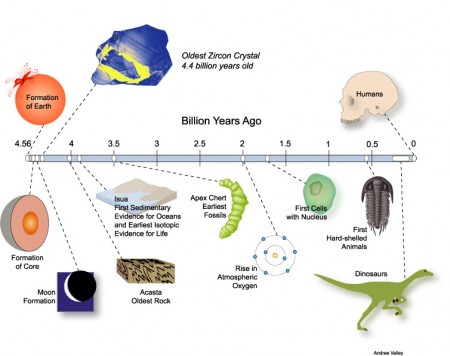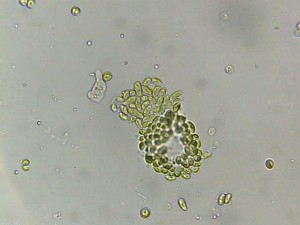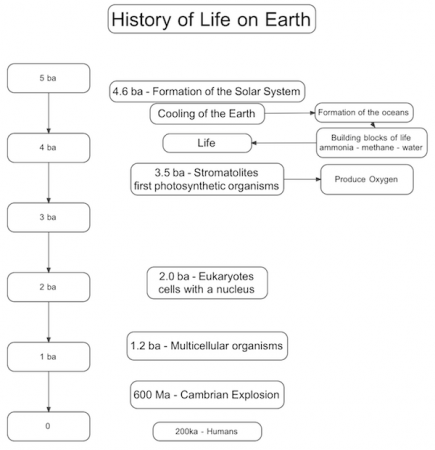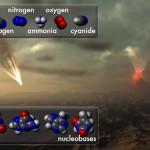The … organic materials in [some] meteorites probably originally formed in the interstellar medium and/or the solar protoplanetary disk, but was subsequently modified in the meteorites’ asteroidal parent bodies. … At least some molecules of prebiotic importance formed during the alteration.
Herd et al., 2011: Origin and Evolution of Prebiotic Organic Matter As Inferred from the Tagish Lake Meteorite
Amino acids are the building blocks of life as we know it. They can be formed from abiotic (non-biological) chemical reactions (in a jar with electricity for example). It’s been known for a while that amino acids can be found on comets and asteroids, but now this fascinating article suggests that a lot of the chemical reactions that created these precursors to life happened on the asteroids themselves. Then when the asteroids bombarded the Earth, the seeds of life were delivered. More details here.
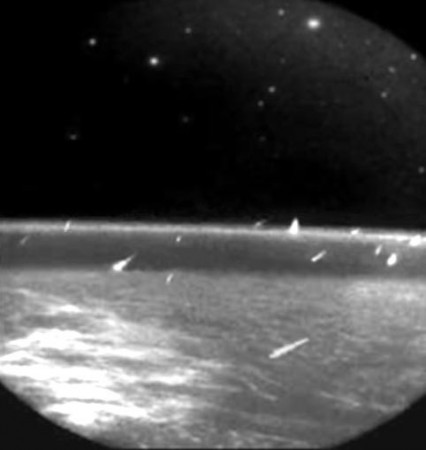
This, of course, is just one of several hypotheses about the origin of life on Earth: livescience.com outlines seven.


